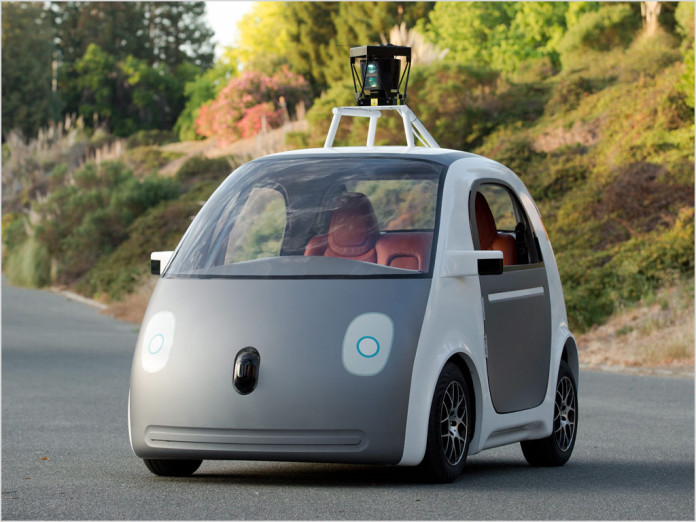
news The NSW Government’s Staysafe Committee has launched an inquiry into driverless vehicles and their potential impact on road safety in the state.
The Committee noted that the potential road safety benefits associated with the introduction of driverless vehicle technology appear “nothing less than ground-breaking” and that they should be examined in detail.
StaySafe cites Gerard Waldron, Managing Director of the Australian Road Research Board Group, as saying Australia’s $27 billion annual ‘road safety bill’ could be slashed by up to 90% with the introduction of driverless cars.
Furthermore, it said, Professor Hussein Dia from Swinburne University of Technology has said that driverless car technology has the potential to reduce road accidents by 90 percent.
“While long considered science fiction, self-driving cars are being developed and tested right now, and predicted to be on roads in the next couple of years,” said Greg Aplin MP, Member for Albury and Chair of the Staysafe Committee.
“The potential road safety benefits are immense,” he continued. “[T]he Staysafe Committee’s inquiry will have a strong focus on establishing the basis for a regulatory framework which will facilitate and foster driverless vehicles technology to deliver improved road safety benefits to the NSW community.”
Staysafe will also look at how prepared NSW road-safety regulators are to meet the potential challenges brought by these technologies and how NSW road safety policies and regulations may need to be amended.
“We are determined to ensure that NSW is prepared to seize all opportunities and mitigate potential risks these technological advances may bring,” concluded Aplin.
Driverless vehicles, if implemented correctly, are likely to bring a number of safety advantages. For example, the reduction or elimination of traffic collisions caused by human driver errors including reaction time, tailgating, rubbernecking and so on.
They also bring the advantage that regardless of the state of the driver – whether suffering from a sudden illness, fatigue or intoxication etc – the car will still drive safely and correctly.
Further advantages include better traffic flow and easier merging due to improved management of inter-vehicle distances.
Image credit: Google

Yes, remove the weakest link (human stupidity / poor driving ability) and it’s amazing how much improvement you can find. By definition, only the top 20% of drivers are ‘good’ drivers.
And by the wonderful powers of the Dunning-Kruger effect 80% of people will think they’re i that top 20% and those 80% will have a lower chance of being good drivers than the corresponding 20%.
I’m happy to let a computer take over the frankly mundane and stressful task that is most driving. As long as I can have a car that’s some sort of comfortable saloon on wheels.
“as saying Australia’s $27 billion annual ‘road safety bill’ could be slashed by up to 90% with the introduction of driverless cars”
have they then figured out who pays when these things do crash?
has anyone thought of the poor police what are they going to do without their road safety camera’s and ticket revenue! ;)
I doubt it would change much, the owners car at fault for the accident will pay the “at fault” insurance excess just like now.
Wow, this yet again. Yes they have, it will be the companies not the owners in these situations. They have explicitly stated this. And the insurance industry is mostly worried because the car insurance market will shrink dramatically as the cars will have far fewer accidents and carry highly reduced premiums as a result which will be negotiated by hard-headed businesses not powerless individuals.
It’s a win on the insurance front as well, not a problem.
30 seconds on google will provide you with plenty of reading of the various industries positions.
http://www.drive.com.au/motor-news/should-selfdriving-cars-take-over-the-road-20160418-go9jzv.html
Comments are closed.